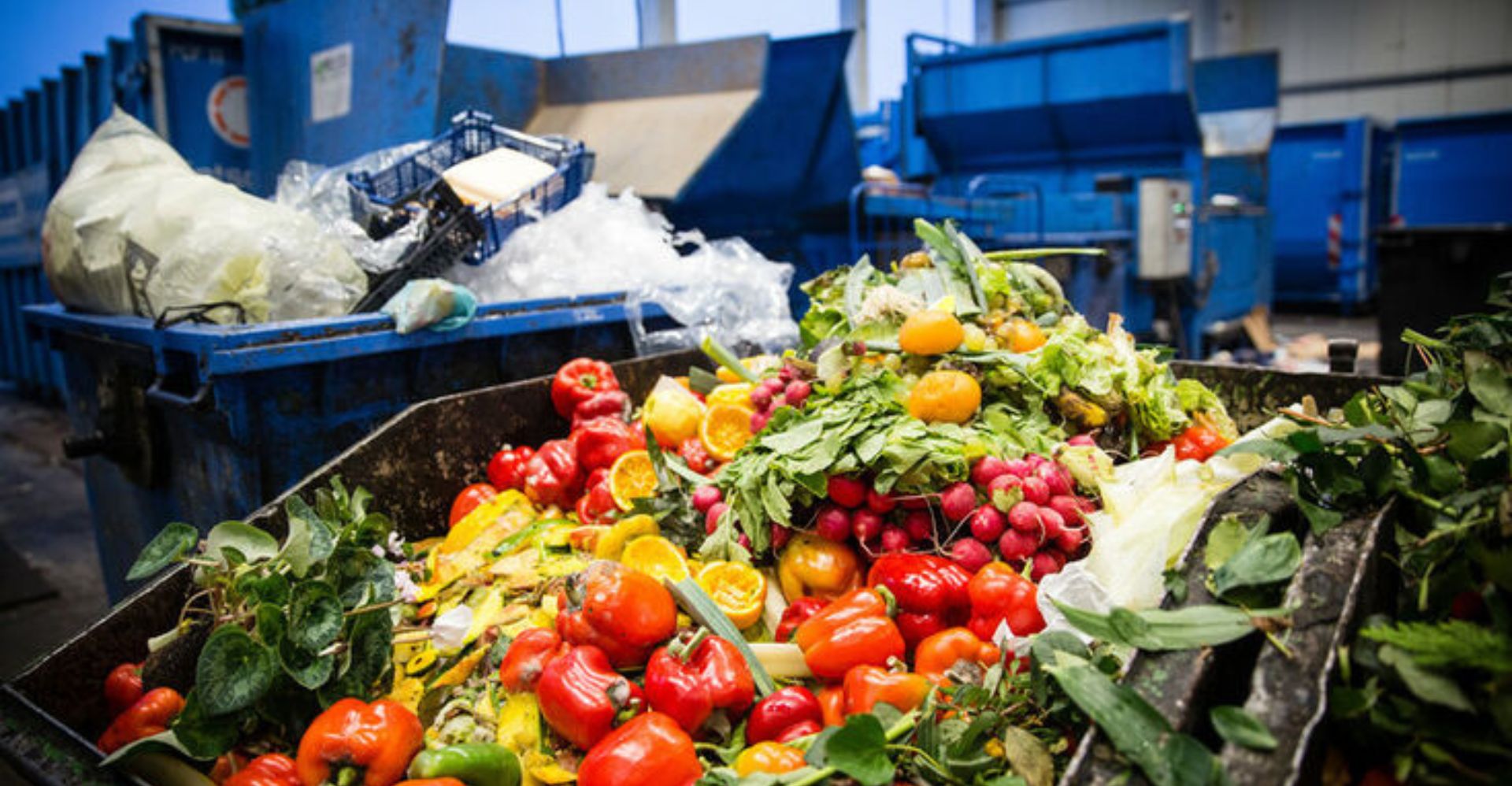
- April 16, 2025
- admin
- 0
Types of Waste in Food & Beverage Manufacturing and How to Eliminate Them

With changing times, brands and consumers are prioritising sustainability and focusing on environmental responsibilities. Food manufacturers have begun to focus on food wastage and are actively searching for ways to reduce it.
On the other hand, monitoring and reducing food waste can help cut unnecessary costs for businesses. Let's have a brief talk on waste in the F&B industry.
Types of Waste in the F&B Manufacturing Industry
1. Inventory Waste
Manufacturers often hold up on inventory for a " just-in-case " scenario that leads to dead stock and unsold products. They hold stock of finished products, raw materials, and semi-finished products in case the market demand increases. This wastage leads to cash stuck in defective assets and soon becomes a liability.
How to reduce it:
Wrong sales forecasts and demand reductions can lead to excess inventory, leading to loss. The best way to reduce such wastage is to introduce digital transformation in your plant. The new MES software improves manufacturers' performance by monitoring and managing multiple production activities.
2. The Overproduction Waste
Overproduction happens when products are developed above demand and later can't be used. It is one of the major causes of financial loss in the food and beverage manufacturing industry. This generally happens due to a lack of proper planning, mismanagement, and failure to understand the consumer's demand.
In a few cases, consumer preferences change overnight, leaving the manufacturers with many overproduced goods.
How to reduce it:
The same inventory software for inventory management waste can help manage digital checks for overproduction waste. Manufacturers can easily keep an eye on production, inventory levels, and production processes.
3. The Waiting Waste
Running a manufacturing business, especially one in the food and beverage industry, comes with great challenges. One of which is waiting for things to happen. For example, machine repair, documents missing, transport delays, and so on.
How to reduce it:
The first step would be to reduce machinery downtime with regular maintenance by introducing automated digital transformation. The second step would be to provide regular upskilling training to employees. Lastly, keep inventory in check to ensure a smooth manufacturing process.
Benefits of Reducing Wastage in the F&B Industry
1. Better for Environment
Wastage in the food and beverage industry leads to food, water, transport, and other waste. By focusing on reducing overall wastage in the manufacturing plant, manufacturers will make a significant difference in improving the environment.
2. Improves Product Quality
Food wastage is caused by mismanaged inventory, products, or waiting, which disturbs workers and employees. By reducing such distractions, employees can focus on what is actually needed.
This leads to improvement in production, ultimately benefiting the end user.
3. Reduce Cost & Improve Profit
Low waste implies low expenditure on raw materials and inventory, employees’ work, a substantial profit, and a financially strong business.
A few changes, like digital transformation in food and beverage manufacturing plants and the introduction of food industry 4.0, will help you take your business one step ahead of your competitors.
Conclusion
The most dangerous type of waste for a business is the one that is not easily recognizable. The need for waste management is a need for both small and large manufacturers. Early introduction to industry 4.0 and reliable software can make the process much smoother.
FactoryWorX can help the manufacturers introduce MES(Manufacturing Execution System) software and help the workers with adequate training to gain familiarity.
FAQs
1. What are the different types of food industry waste?
The significant types of waste in the food industry are over-processing, transport, inventory, overproduction, motion, and defective products.
2. How to eliminate waste in manufacturing?
The simplest yet most effective way to reduce waste in the manufacturing industry is to introduce advanced technology like automated software and move towards Industry 4.
3. How does MES help in managing waste?
MES stands for manufacturing execution system. The software improves production efficiency by automating monitoring tasks and controlling the plant’s system.
4. How do we identify waste in food and beverage production?
Start the identification with basic observations of the plant. Begin conducting audits and random checks to identify gaps and wastage areas. Strategically work on those areas to reduce the plant’s overall wastage.
5. Is it expensive to enter Food Industry 4.0?
Not necessarily implementing the latest software and system will help in improving the productivity of the plant. Food Industry 4.0 is the investment for your business that will yield returns in the future.
Categories
Recent Posts
- Types of Waste in Food & Beverage Manufacturing and How to Eliminate Them
- 5 Proven Strategies to Reduce Downtime in Your Food & Beverage Plant
- The Ultimate Guide to Digital Transformation in Food & Beverage Manufacturing
- Adapt a Continuous Improvement in Manufacturing to Cut Unproductive Work
- Artificial Intelligence and the Success of Industry 4.0

